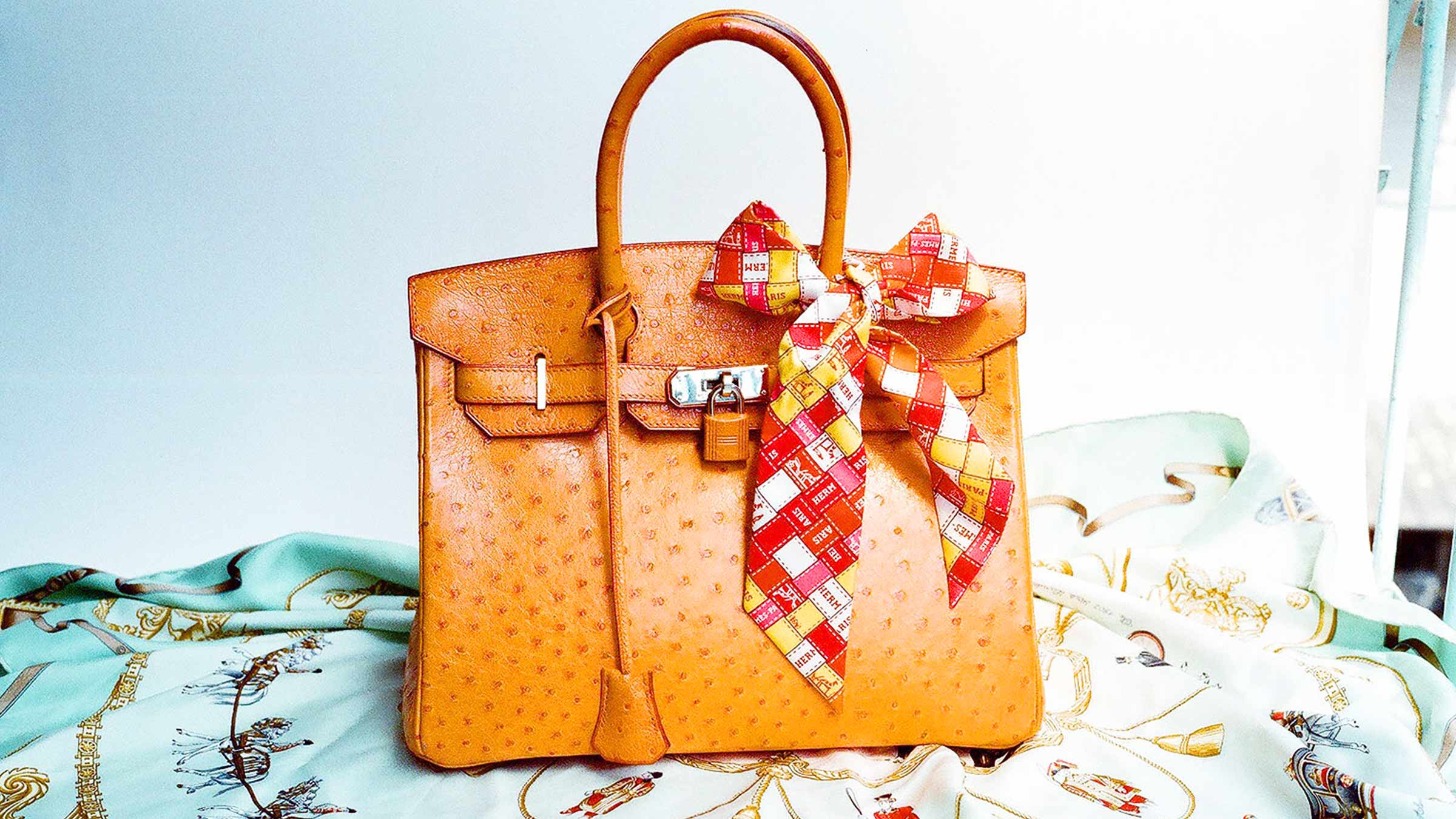Yesterday marked the opening of the current round of fashion weeks, and the beginning of the end of an era, as New York Fashion Week kicked off its final show at the Lincoln Centre. It looks like the baby accessory continues – what was Kim Kardashian’s toddler doing in the front row? Following a host of recent results, I’m keen to see how luxury brands are going to attempt to address the perennial problem of balancing growth with exclusivity through design. Positioning a brand to have a universal appeal and yet to remain exclusive is very difficult. A trend of the last few years has been so-called logo fatigue, which has seen consumers turn away from heavily branded and very recognisable luxury goods in favour of less mainstream options, as they seek to be ‘in the know’ rather than ‘in the show’. Combatting logo fatigue has proved difficult for many of the biggest brands, but it is possible.
It is a problem that has become particularly acute in China, which until this year was the major growth engine in the luxury industry. A large and newly wealthy population had an apparently insatiable demand for Western fashions, opening the door to huge growth potential. The big brands were, of course, keen to make the most of this new market, and many found that they could sell the branded items that Western consumers were now rejecting. However, China’s rapid growth meant that logo fatigue took less than a decade to set in, and there are now signs that the door is shifting.

It is also possible to sell items without any logos at all. The Birkin bag by Hermés, a timeless classic, is instantly recognisable to those in the know despite its lack of overt branding, and its price tag and serious exclusivity make it among the most desirable luxury products around. The approach is still working some 30 years after the bag was first conceived, with Hermès recording significant sales growth in 2014. Louis Vuitton made a lot of headlines when it ostensibly moved away from its famous Monogram and Damier canvases, but the daring move has paid off. Credit must be given to creative director Nicolas Ghesquière, who offers a fresh interpretation of the codes of the house. The brand’s leather handbag offering has diversified to include non-logo as well as Monogram styles, yet remains modern and luxurious. Demand for its handbags remains high, as last week’s positive results demonstrated.
Gucci will be particularly interesting to watch when they show in Milan, as their newly appointed creative director, Alessandro Michele, continues to stamp his authority on the brand. Recently Gucci has begun to move away from its double G logo, but it remains to be seen how far it will go. The logo itself was used as a fairly understated belt-buckle in Alessandro’s first show, but the jury is out on whether understated is enough for today’s savviest consumers.
But will we ever tire of the double C in Chanel? The answer is probably no. Let me know your thoughts at moira@thembsgroup.co.uk, and have a wonderful weekend!








